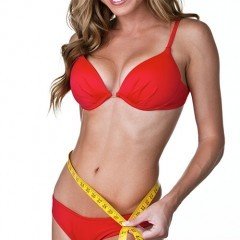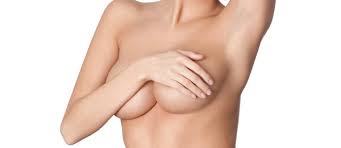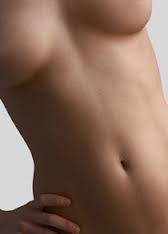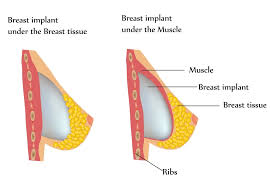
In consultations, women ask dozens of questions about the safety, durability and longevity of saline and silicone gel implants – the two types that are approved for sale by the U.S. Food and Drug Administration. Here’s a sampling:
Is it normal to have different-sized breasts?
Breasts are sisters, not twins. There’s no such thing as perfectly identical breasts. Most women have breasts that are slightly different sizes. In consultations, when women look at dozens of before-and-after photos, they are surprised and relieved to see that they are not the only ones with different-sized breasts.
The asymmetry can be addressed during surgery, by enlarging breasts with implants of different sizes, augmenting the smaller breast or reducing the larger breast. While surgery cannot transform those sisters into twins, it can make them look like sisters from the same family.
Will I be able to breastfeed if I get implants?
In most cases, breast augmentation surgery does not interfere with breastfeeding, because milk ducts are generally not disturbed during the procedure. When implants are placed through an incision made around the areola, milk ducts are sometimes disrupted, which may affect breastfeeding. However, not all women are naturally able to breastfeed, whether or not they have cosmetic breast surgery.
Do implants get in the way of reading a mammogram?
They can. That’s why technicians routinely ask women if they have breast implants. If so, they will gently displace (push up) the implants and take extra views of each breast. Because of the number of women who have had breast augmentation, radiologists are likely to have experience evaluating breasts with implants.
Can you make me a full C cup?
Women commonly think that being in proportion means wearing a C cup bra. Because there is no standard bra cup-sizing system, and because breast implants are measured in cubic centimeters not cup size, it’s better to refer to proportional as a “C look.” To achieve that, a 5-foot-tall woman with a small frame might end up wearing a B cup bra and a 5’ 8” woman might wear a D.
How soon can I get back to work and to working out?
The former depends on what your job entails. Generally, women who work in an office setting can go back to work on the fifth day after surgery. Those whose jobs entail lifting, pushing or pulling normally return to work at the end of the second week.
Three weeks after surgery is a milestone: That’s when women can run, ride a stationary bike and do lower-body weight training. It’s also when policewomen or soldiers can put their bulletproof vest back. Women are usually comfortable doing arm exercises (upper-body weights) starting about six weeks after surgery.
Do breast implants have to be replaced every 10 years?
Breast implants don’t have an expiration date. They can handle hundreds of pounds of pressure, which is why a mammogram – which can apply up to 50 pounds – doesn’t harm them.
Through the years, manufacturers have increased the strength of the implant shell. On average, less than 3 percent of implants rupture or deflate.
Will my breast implants melt in a sauna?
Both silicone gel and saline implants have an outer silicone shell, which can melt at temperatures greater than 392 degrees Fahrenheit. A conventional sauna is typically between 150 and 190 degrees. If you were in an environment where your implants would melt, you’d melt too.
Women come in for a consultation to get their questions answered and to make an informed choice. While breast augmentation is not right for everyone, for those who choose it, it can make a life-altering difference.













